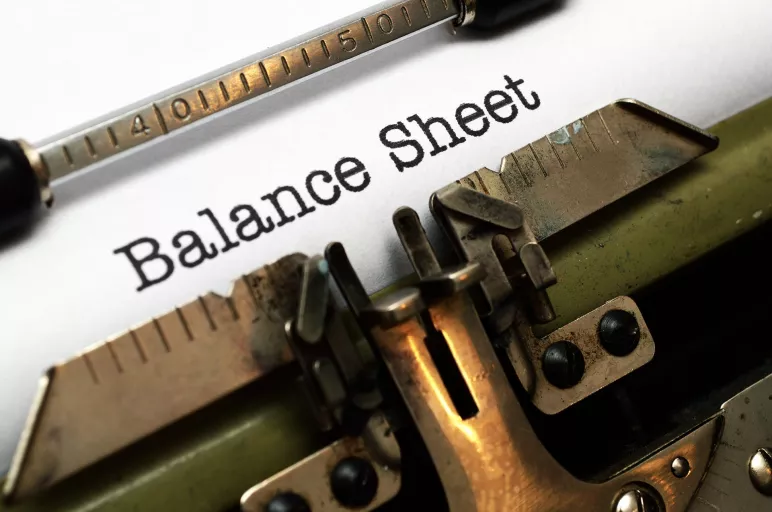
Impact of the Accounting Standards Update on Procurement
May 02, 2019 | CAPEX
The Accounting Standards Update (ASU) has been issued by the U.S. Financial Accounting Standards Board (FASB) to increase transparency in companies’ financial reporting.
ASUs are not an authoritative standard. This explains the changes made by FASB and the reasons behind the changes to the U.S. Generally Accepted Accounting Principles (GAAP), including each specific amendment to the FASB codification with background information related to the change.
The standard came into effect on January 1, 2019 for U.S. public companies. The same will be applicable to private companies from January 1, 2020.
Process Changes
The change will require companies to report their Right-Of-Use (RoU) asset and lease liabilities for each lease (12 months or more) as separate line items in their balance sheets, unlike earlier, when the accounting (including treatment) was similar for operating lease and service. The distinction now becomes important as the operating leases will be recorded as RoU assets and liabilities on the balance sheet, whereas the service contracts will continue to be recorded “off-the balance sheet,” as they have been in the past.
Operating leases include all things a company rents to run its business, from office space, equipment and factories, to planes and cars. The standards apply to real estate as well as tangible property — extending to all property, plant and equipment (PP&E) items, the telecom industry, transport, logistics, etc.
Challenges
As data provides groundwork for conducting a detailed and technical assessment of leases, organizations will require significant amounts of data on what they own, lease, how they use it, whom do they pay, etc. Third-party data may be needed to ensure a high level of operational quality and efficiency. Collecting and abstracting several lease agreements at various decentralized sites and lease data in spreadsheets or physical documents may be time consuming.
This is especially challenging for companies that are formed by mergers or operate in several countries, as the required information might not be easily accessible. The company will have to invest in new technology that can manage data and ensure compliance with the new standards. System upgrades and implementations can be difficult with setups, data migration and control designs.
Changing Financing Methodology
Most of the ratios and measures remain the same post implementation of new standards. The addition of liabilities and RoU assets to the balance sheets will change the Return on Assets (RoA). With all leases on the balance sheet, one can see an increase in assets and a decrease in RoA. However, only the present value (PV) is reflected on the balance sheet for operating leases, so they will still have the lowest asset amounts and the best comparative impact on RoA when compared to other equipment acquisition methods.
The operating lease liability is not classified as debt. It is classified as a “Non-Debt Operating Liability”. The credit rating should not be impacted by these changes.
Lessees who may have relied heavily on allocating internal costs associated with generating leases and deferred such expenses over the lease term could see undesirable impacts on their income statements.
The balance sheet will look much different, mainly because it will contain higher numbers with the inclusion of liabilities for a future lease payment, affecting some bank covenants for some companies if the debt-to-equity ratio is used.
Organizations may also face additional scrutiny from auditors and regulators. Effects of increased leverage and potential debt covenant violations need to be examined.
The operating leases are required to be presented outside of traditional debt, which may provide relief to some entities. However, the potential effects on debt covenants need to be determined by organizations.
Driving Cross-Functional Change
Balance sheets of companies with a large lease portfolio will be impacted due to the changes. Estimates show S&P 500 will see $2 trillion added to their off-balance sheet lease obligations. These changes affect the debt-to-equity ratios, debt covenants, rating agency reporting and regulatory capital.
Buy vs lease decisions (in addition to general leasing negotiations or decisions) may be impacted by the new standard. Depending on the portfolio size and complexity, lease data gaps may perhaps require substantial re-abstraction work that could dramatically increase compliance timelines.
The lease accounting change will not be a one-and-done situation. Going forward, organizations will have to continuously look at what they classify or do not classify as leases.
Although lease accounting is important and FASB changes will impact organizations, the motive for leasing remains the same. The goal is still to shield against undesirability and pay a sum less than the total cost of the equipment.
Sources:



